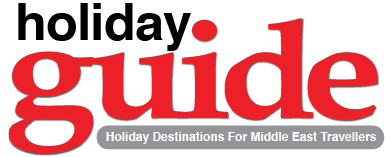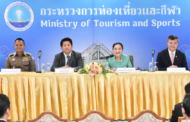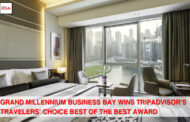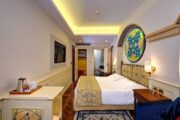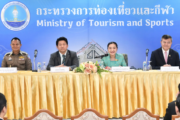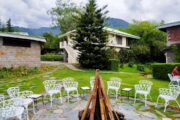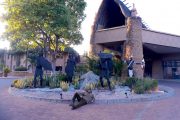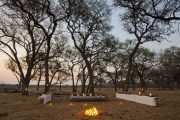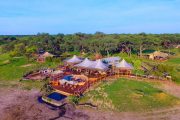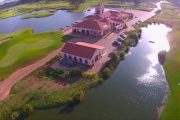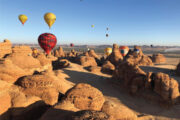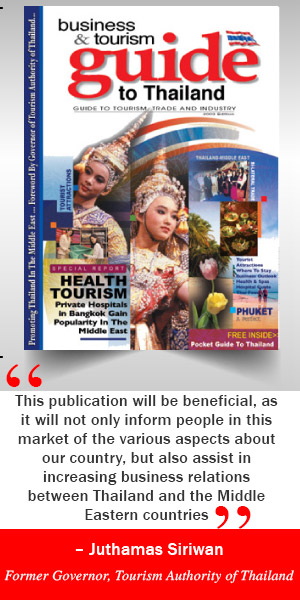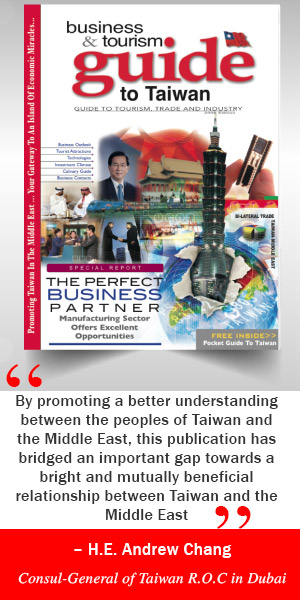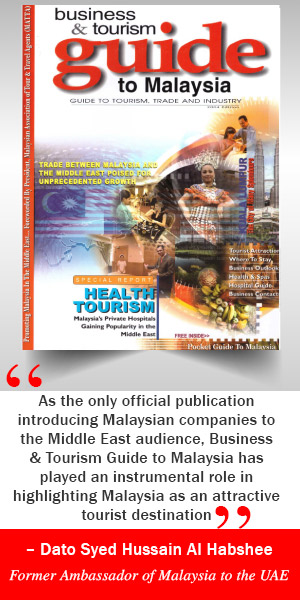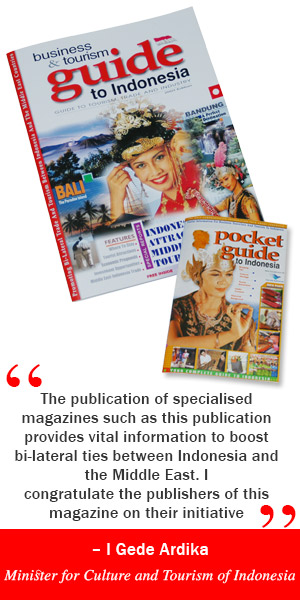UAE citizens holding diplomatic, special and ordinary passports can now travel to the Central African Republic without the need for pre-entry visas effective as of October 8, 2019. A Mutual Visa Waiver Agreement was signed between the UAE and the Central African Republic on September 8 in Abu Dhabi. According to the new policy, Emiratis can now travel to the Central African Republic without pre-entry visas for stays of up to 90 days.
The agreement was signed by Sheikh Abdullah Bin Zayed Al Nahyan, Minister of Foreign Affairs and International Cooperation, and Sylvie Baipo-Temon, Minister of Foreign Affairs of the Central African Republic.
Ahmed Sari Al Mazrouei, Under-Secretary of the UAE’s MoFAIC, commended the Central African Republic’s decision to waiver visas for Emirati nationals, saying that it reflects the significant friendly and cooperative ties between the two countries.
He added that the newly effective agreement demonstrates the strength of relations between the UAE and the Central African Republic, which were founded on the spirit of mutual understanding and respect, and in line with the aspirations and directives of the leadership of both countries to further develop relations that will contribute to mutual goals and interests.
The agreement will also reflect positively on tourism, trade, investment and other sectors, which, in turn, will further promote the cooperative bonds between the two countries.
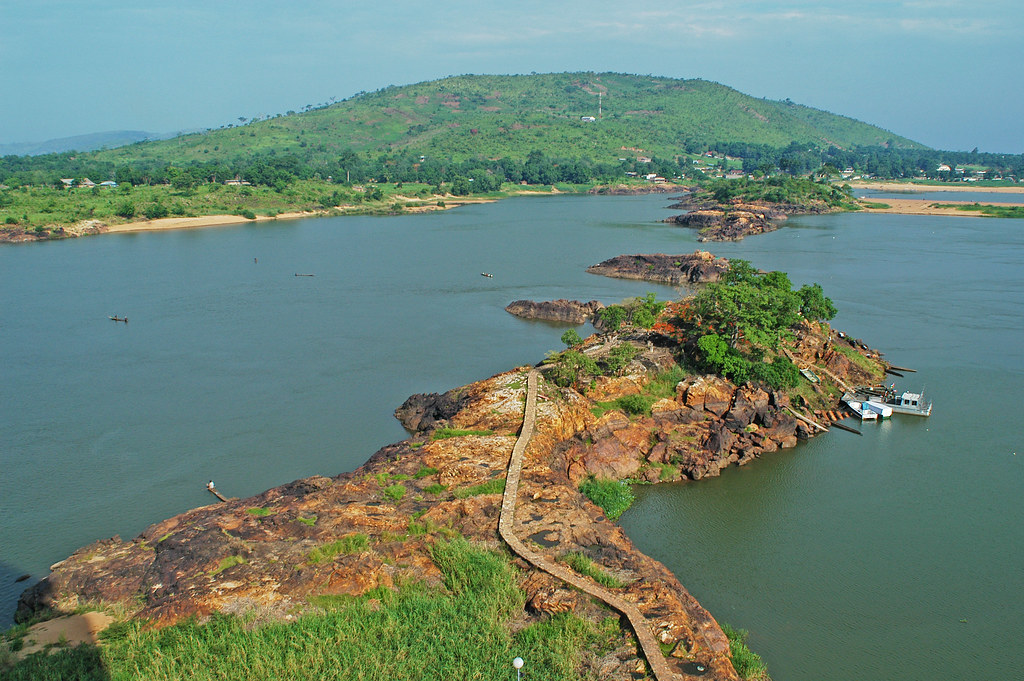
Tourism in Central African Republic
A country of contrasts, the Central African Republic is a place where the Sahara Desert meets tropical Africa, where the pastoral traditions of Africa’s tribespeople rub shoulders with the colonial architecture of imperial France.
The main language is French with a dialect called Central African French, which is easily understood by speakers of French. There are a lot of indigenous languages also. While French is the official language of the Central African Republic, only a few people in the country know more than a few words of it.
Language
Sängö (also referred to as Sangro or Sangho) is the lingua franca and is spoken by most of the people in the Central African Republic (some 2000 have it as a mother tongue whilst 80% of the country have it as a second language). To find out if someone speaks Sängö, simply say Balâo (which means Hello), if they respond back with Balâo mïngï then you have found yourself a sango speaker. English is spoken by almost no one, even in the capital.
The Central African Republic is a landlocked and remote country, and a lack of air access makes it an expensive destination.
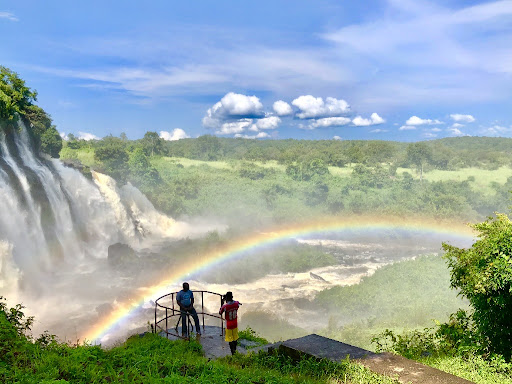
Geographically, much of the Central African Republic is composed of rolling grasslands, dusty deserts and steamy jungles. The northern reaches of the country are dominated by the seemingly infinite Sahara. With so little light pollution here, the night skies gleams with millions of stars.
Tourist Attracts in Central African Republic
Locations in the country have many attractions to travellers include the Chutes De Boali, waterfalls of a height of 50 m (164 ft). Dzanga-Sangha National Park in the south west of the country has gorillas and elephants. The Baka people live in this area. Bayanga beside the Sangha River is the main village near to the national park. The village has some small guesthouses and a lodge. The best time to visit most of the country is from November to April.
The far south is home to equatorial rainforests, which are considered some of the best places in Africa to see forest elephants and western lowland gorillas. The jungle is also home to pygmy tribes, which live off the land in remote pockets of central Africa. Visits to these tribes are possible and offer an insight into their extraordinary lives.

Costs of travel
Costs in Central African Republic are exorbitant for foreigners who plan to maintain a lifestyle similar to those in their origin country. Much of the commerce and goods must be flown or shipped into the nation, explaining the high costs for many goods. “Local” goods that are imported into CAR from regional nations such as Democratic Republic of Congo and Cameroon are slightly less expensive (rice, beans, water, etc.). Finally, many of the supermarkets in Bangui and other cities are owned by Lebanese people and families, so there is abundant Middle Eastern food imported into the country, although these products are also very expensive.
Food
There is a wide diversity of food in Bangui, including Chinese, Lebanese, French, local food and so forth. Food in restaurants owned by foreigners are very expensive and can be $10-$20 US per dish (or more). Local food, however, may also be expensive depending upon the restaurant and its location. There are abundant French bakeries in the downtown area in the centre of Bangui with moderate prices for baked goods as well as meals. Food in supermarkets is very expensive, although cheaper food can be purchased at local markets and from sellers in the street.
Join our social community on Facebook, Instagram, YouTube and TripAdvisor √√
